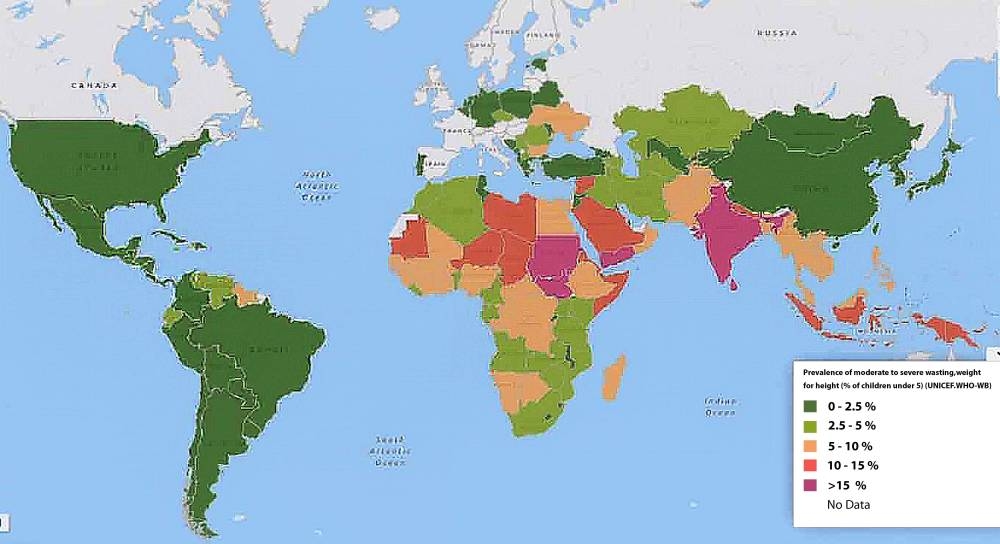Qatar’s food inflation was less than 2% year-on-year between July 2022 and May 2023, making it one of the lowest figures globally, World Bank's latest data indicate.
In its food price inflation tracker, World Bank said Qatar’s food price inflation stood at 4.8% in July last year, 6.4% (August 2022), 4.6% (September 2022), 1.3% (October 2022), 0.3% (November 2022), 1.5% (December 2022), -0.6% (January this year), -1.9% (February), 0.7% (March), 1.4% (April) and -1.5% (May).
In the tracker, a traffic light approach was adopted to show the severity of food inflation, and the colour coding was determined based on historical food price inflation targets and expert consultation with the World Bank Agriculture and Food Unit.
Qatar’s colour code is green, which according to World Bank, indicates food price increase is less than 2%.
The International Monetary Fund is the core data source for food inflation, supplemented by Trading Economics, World Bank said.
Globally, information between February and May this year for which food price inflation data are available shows high inflation in most low- and middle-income countries, with inflation higher than 5% in in 61.1% of low-income countries, 79.1% of lower-middle-income countries, and 70% of upper-middle-income countries, with many experiencing double-digit inflation.
In addition, 78.9% of high-income countries are experiencing high food price inflation, according to the World Bank.
The most-affected countries are in Africa, North America, Latin America, South Asia, Europe, and Central Asia.
The agriculture and cereal price indices closed 4% and 12% percent lower compared to a few weeks ago, while the export price index closed at the same level. The decline in the cereal price index was primarily driven by a sharp decline in maize prices, which dropped by 21% compared to a few weeks ago.
Wheat prices also declined by 3% while rice prices increased by 1 percent over the same period.
On a year-on-year basis, maize and wheat prices are both 19% lower, and rice prices are 16% higher.
Compared to January 2021, maize prices are 4% lower, while wheat and rice prices are 1% and 3% higher.
In real terms, food price inflation exceeded overall inflation in 79.8% of the 163 countries where data is available, the World Bank noted.
The agricultural and cereal price indices closed 4% and 12% lower, respectively, while export price indices closed at the same level as two weeks ago.
The Organisation for Economic Cooperation and Development–Food and Agriculture Organisation (OECD-FAO) Agricultural Outlook 2023-2032 highlighted the threat to global food security from the surge in agricultural input prices in recent years.
One of the key concerns raised in the report is global food insecurity resulting from the surge in agricultural input prices in recent years.
The outlook suggests that rising fertiliser costs can lead to higher food prices.


